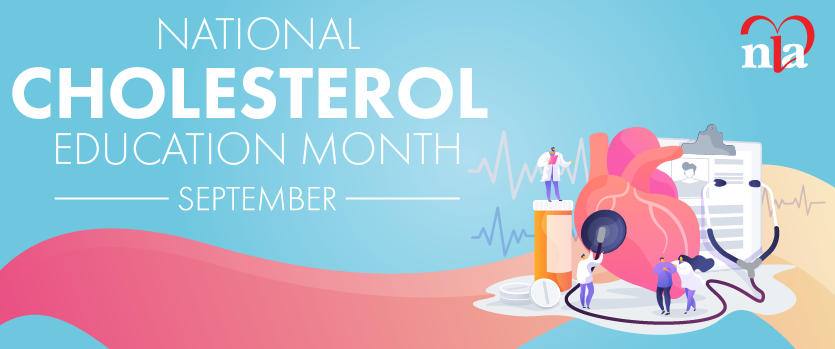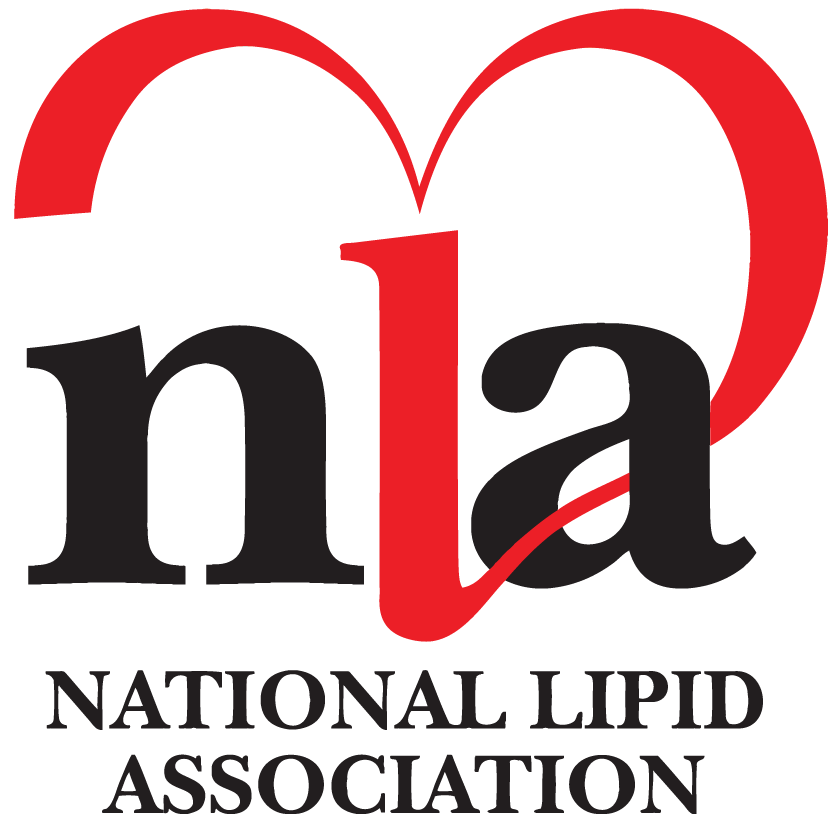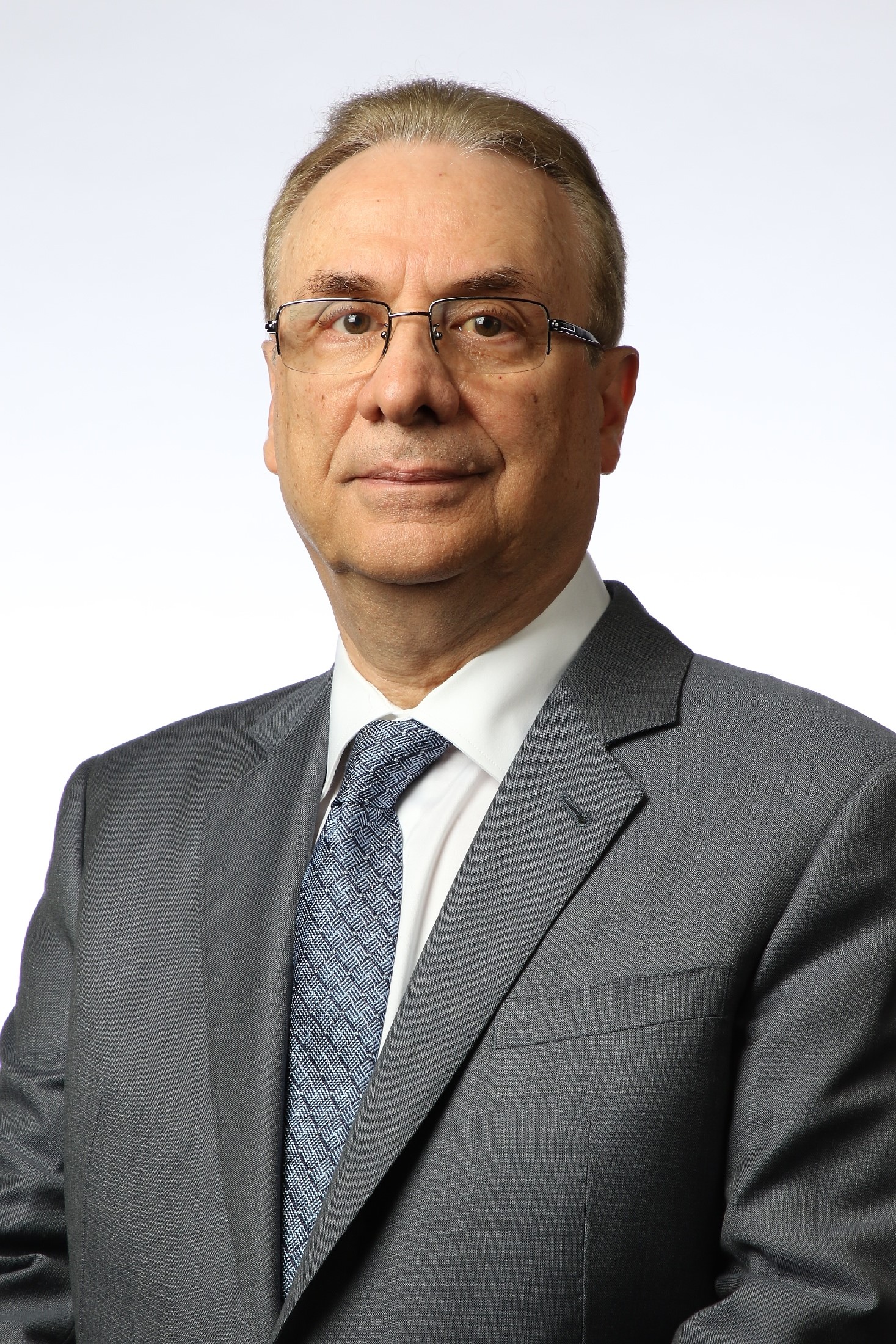Q: Your work in discovering the role of cholesterol crystals on cardiovascular attacks is renowned. Could you tell us about the impact that this made on how we view and treat plaque?
A: Understanding the mechanism underlying the cause of plaque rupture/ erosion that leads to a heart attack or stroke is critical in developing novel strategies to address this issue. It is the unpredictable nature of cardiovascular events that contributes much to adverse outcomes. However, understanding the mechanism could help better resolve the chaotic and abrupt nature of this condition. We have found that when cholesterol crystalizes it occupies a greater volume and this event can occur rapidly and in an explosive manner to tear plaque (i.e. plaque rupture) or slower in a milder manner (plaque erosion). In fact, these aspects of crystallization seems to explain the differences in clinical presentation for men, a severe and sudden onset versus women who present with a more subtle and protracted course. We also know that heart attacks cluster following certain stressors (i.e. anger, sudden strenuous physical activity) but those of the minority. Thus, understanding the mechanism would then lead to treatments that can inhibit cholesterol crystallization and dissolve cholesterol crystals. We have already found that alcohol; statins; and aspirin prevent volume expansion and can dissolve cholesterol crystals. Thus, the pleotropic effects of statins and the benefits of aspirin and moderate alcohol consumption may be related to this mechanism. Furthermore, cholesterol crystals trigger inflammation via the same pathway as monosodium urate crystals in gout. Thus, reduction of inflammation by statins, aspirin, ethanol and other agents may be due to dissolving CCs.
Q: One of your research interests is in imaging atherosclerotic plaque, what changes in these practices have occurred in the recent years?
A: Imaging is a great way to see how plaques evolve and how they turn into potential causes of arterial wall injury. Today we have more tools than ever to image arterial plaques. Some imaging modalities are non-invasive and others are invasive. Non-invasive approaches include Ultrasound/Doppler of arteries, CT-calcium scoring, positron emission tomography, magnetic resonance angiography, while invasive include angiography, intravascular ultrasound, optical coherence tomography, and angioscopy. Each of these approaches has certain advantages and disadvantages. Screening patients with non-invasive approaches will eventually help in early detection of atherosclerotic cardiovascular disease and help avoid unpredictable cardiovascular events.
Q: As Director of Michigan State’s Cardiology Fellowship Training Program, could you tell us about the traits that you feel are important to instill in future generations of cardiologists?
A: Since I joined Michigan State University as Chief of Cardiology and Fellowship Program Director in 1995 we have graduated over 60 fellows who now practice around the US and worldwide. Many of the fellows have engaged actively in the research lab contributing to the growth of this work. I believe it is critical to have fellows exposed to research because it gives them a great in depth understanding the origination of the concepts and tools that they are taught to use in clinical practice. It helps them become better doctors because it opens their minds to how patients respond to treatments and why sometimes they don’t.
Q: What drew you to the NLA?
A: I am foremost a clinician scientist. I am always searching to learn about medical conditions from different angles. Lipids play a critical role in cardiovascular disease. The NLA has provided a great forum for exchange of ideas and providing an educational resource. I always learn something new at NLA. This last national meeting in Las Vegas, 2018 highlighted triglycerides and that was very enlightening.
Q: You have worked with residents on projects such as the NLA’s abstract competition, how do you feel that the NLA and these events benefit young members?
A: Four of the cardiology fellows, residents and students who have participated in research in our lab presented their work at NLA. One medicine resident who received a first pArize for basic research at NLA in 2016 was accepted in cardiovascular fellowship. This was a major contributor to his acceptance. The undergraduate student entered a prestigious medical school and now a resident in orthopedics, which is highly competitive. The individual who just presented at the latest NLA, she was also accepted into the internal medicine
residency program. The other fellow who presented received first prize locally, and is now an interventional cardiologist. Overall, NLA has helped proved them an avenue for developing their career goals.
Q: We have asked quite a bit about your career; would you mind telling us about your hobbies or interests outside of work?
A: I am a bit of a workaholic, but I do catch glimpses of the outside world occasionally. I love to paint, mostly sceneries, hike and explore nature. I watch programs on how the Universe works and historical documentaries. Mostly, I enjoy spending time with family, my wife, three sons their family and with our first granddaughter, Isla.
Disclosure statement: Dr. Abela has received honoraria from Amgen and Novartis in addition to a grant from Merck.






.jpg)
.png)











